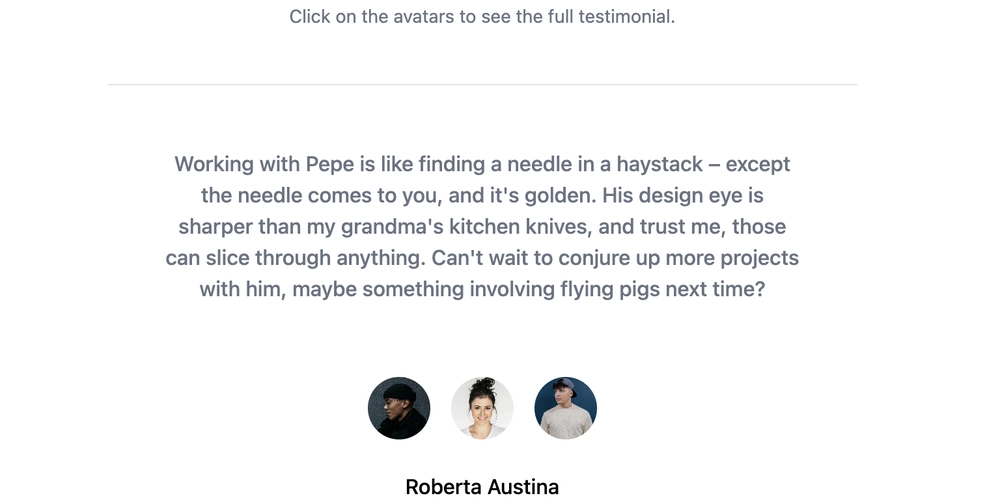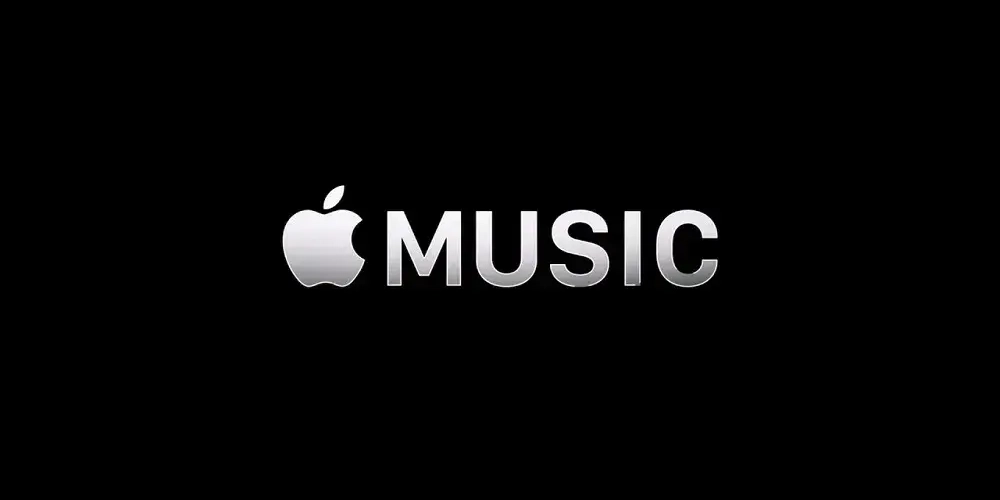
Build Your AI Chatbot: A Step-by-Step Guide to Creating Your Own ChatGPT
Want to understand how AI chatbots work and build your own personalized conversational AI? Forget expensive platforms and complex APIs. Learn how to build your own ChatGPT using open-source tools and a bit of code. You'll gain valuable insights into the inner workings of AI and create personalized conversational experiences.
Why Should You Create Your Own ChatGPT?
Building your own AI chatbot is an investment into your own skillset. Consider these benefits:
- Deep Learning: Get hands-on experience with machine learning concepts.
- Tailored Responses: Customize your AI's personality and knowledge base.
- Unique Features: Incorporate specialized functions surpassing the limitations of out-of-the-box solutions.
- Impress Your Peers: Showcase your AI prowess at tech meetups.
Essential Tools: Your Shopping List for AI Success
Before diving into coding, you'll need the following:
- Python: (Version 3.7+) The language of AI.
- GPU: Recommended for faster processing (CPU works, but be patient!).
- Machine Learning Basics: Familiarity with core concepts helps, but willingness to learn is key!
- Open-Source Language Model: GPT-2 is perfect for this project.
- Creativity & Determination: Essential for problem-solving and customization.
Step 1: Creating Your AI Development Environment
A clean and organized environment is crucial for coding success.
- Make a Project Folder:
- Create a Virtual Environment: This isolates your project dependencies.
- Install Key Libraries:
transformersandtorchare essential for working with pre-trained models.
Step 2: Choosing Your AI's Brain: Selecting a Model
We'll use GPT-2, a powerful language model, by importing the GPT2LMHeadModel and GPT2Tokenizer class:
GPT-2 offers a great balance of performance and accessibility for learning how to build your own ChatGPT.
Step 3: Building the Chat Function: Making Your AI Talk
This function forms the core of your chatbot!
This code takes user input, feeds it to the model, and prints the AI's response, creating a basic build your own ChatGPT framework.
Step 4: Fine-Tuning Your AI: Training for Specific Tasks (Optional)
Fine-tuning lets you tailor your AI chatbot to specific topics or writing styles.
Substitute "path/to/your/training/data.txt" with a relevant .txt file of well formatted data.
Fine-tuning requires a dataset that reflects your desired output. Train it on customer service transcripts for a helpful assistant or on creative writing for a storytelling bot.
Step 5: Sharing Your Creation: Deployment
Making your AI accessible involves creating an interface. Using Flask, a micro web framework, is a popular choice.
This code sets up a simple web endpoint that accepts user input and returns the AI's response.
Beyond the Basics
You've now built a basic AI Chatbot! The following are paths to continue developing your skillset:
- Experiment with Other Models: Explore BERT, T5, and other architectures.
- Advanced Fine-Tuning: Dive deeper into techniques like transfer learning.
- Context Awareness: Implement memory to enable more dynamic conversations, meaning the AI chatbot references previous conversation points.
Building your own custom chat application takes time, but the payoff is worth it. Embrace the learning process, experiment, and create something amazing!























